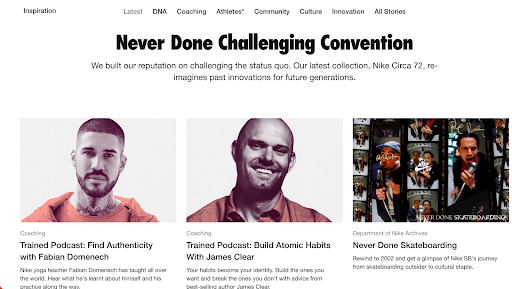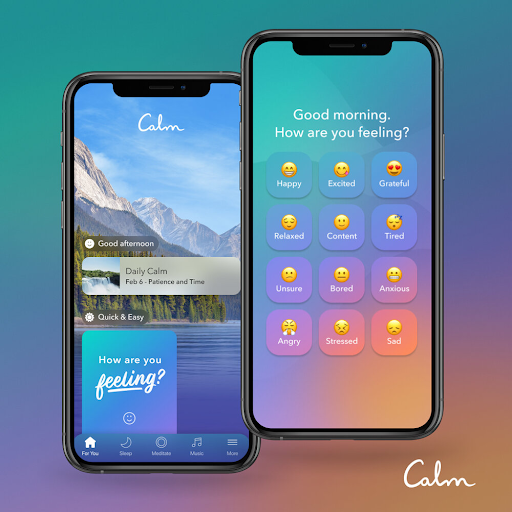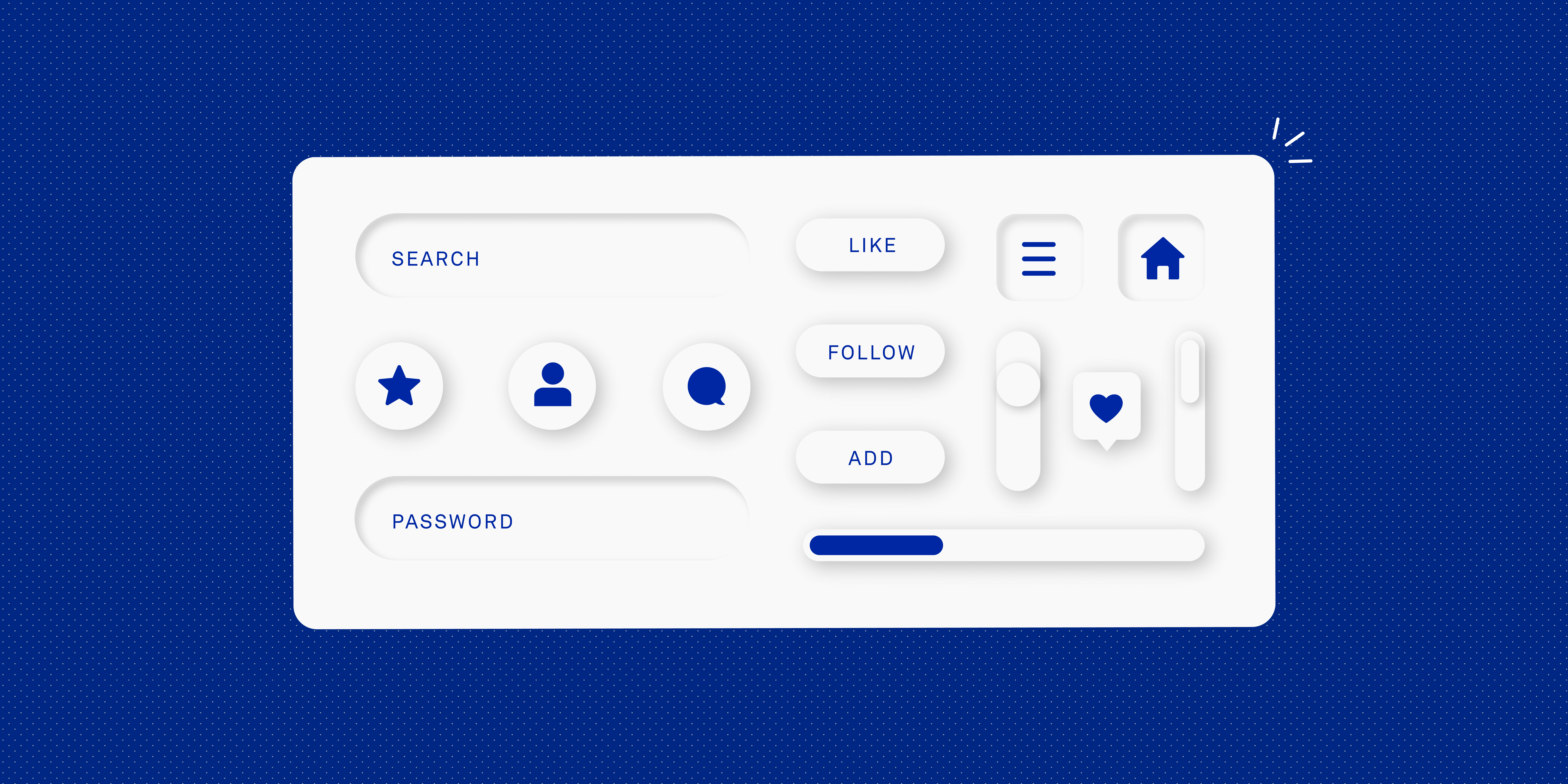Crafting compelling content starts with telling the right story. Visual storytelling is one of the most impactful components of content design; helping simplify complex information and encouraging deeper engagement from audiences.
Whether you’re new to content design or already experienced in this growing discipline, visual storytelling can help refine your approach and bring your content to life. In this blog post, we’ll look at what visual storytelling is and show you how to leverage it for an even better user experience.
- What is visual storytelling in content design?
- The importance of visual storytelling in content design
- What are the main principles of visual storytelling?
- The 7 core elements of visual storytelling
- Examples of visual storytelling in content design
- Tips for powerful visual storytelling
Let’s begin.
What is visual storytelling in content design?
Visual storytelling in content design is the practice of using images, graphics, media, and other visual elements to convey a message in a visually engaging and memorable way. It combines the power of visuals with storytelling techniques to engage, inform, and captivate the audience.
Humans are highly visual creatures, and we process and retain information better in a visual format. Rather than just presenting facts and figures, visual storytelling allows you to create a narrative that can grab attention, elicit emotion, and create a deeper emotional connection with your users.
The importance of visual storytelling in content design
In a world where attention spans are short and the competition for engagement is high, visual storytelling is a powerful tool to grab (and hold) your audience’s attention.
Whether it’s through images, videos, or infographics, visual storytelling can quickly and effectively convey complex messages—helping you create a memorable and impactful user experience that truly resonates with your audience.
Let’s take a closer look at three reasons to incorporate visual storytelling in your content design:
Enhancing comprehension
Visuals have the power to convey complex concepts in a simple, accessible way—helping users of varying abilities quickly grasp the message at hand. When blended with storytelling techniques, visual aids can also help users retain the message by creating a more memorable experience.
Increasing engagement
Visual storytelling makes content more engaging. The more engaging your content is, the more likely users are to consume, share, and remember it.
When viewers go on a journey through compelling visuals, they’re encouraged to spend more time with the content—which increases the likelihood of them taking desired actions or coming back to the digital product.
Facilitating cross-cultural communication
Visual storytelling is a powerful communication tool that can transcend language barriers. Words might not make sense to everyone, but visuals are much more universal—helping to make the content more accessible on a global scale. As a result, leveraging visual storytelling in your content can help you reach a broader, more international audience.
What are the main principles of visual storytelling?
Now we’re all on the same page about what visual storytelling is, let’s look at some guiding principles of visual storytelling in content design.
Structure
Visual storytelling follows a narrative structure with a beginning, middle, and end. It takes the audience on a journey, often with a central theme, to communicate a message or evoke certain emotions.
Hierarchy
Effective visual storytelling uses visual cues like size, colour, and contrast to guide the viewer’s attention, highlight key elements within the design, and guide users towards certain actions. You can learn more about content hierarchy in our guide to information architecture.
Emotion
Visual storytelling aims to develop an emotional connection with the audience by using imagery that resonates with them—whether it’s playful graphics to put users at ease, or inspiring photography to spark users’ imaginations.
Context
Visual storytelling takes into account the platform, medium, and target audience to create visuals that are relevant, relatable, and appropriate for the end user. By focusing on context, you can create a more personalised overall experience.
Simplicity
Visual storytelling follows the principles of simplicity and clarity, using visuals that are easy to understand, and avoiding unnecessary information that might distract or confuse the audience.
Consistency
Visual storytelling aligns with the overall brand identity and maintains consistency in visual elements (i.e., colour palette, typography, and style). This helps create a recognisable and cohesive visual experience.
The 7 core elements of visual storytelling
Now we’ve explored the principles and benefits of visual storytelling in content design, it’s time to put them into practice! In this section, we’ll look at the seven core elements of visual storytelling—and how they contribute to creating compelling narratives that leave a lasting impression.
1. Characters
At the heart of any engaging story are characters that captivate the audience. In visual storytelling, characters can be humans, animals, or even inanimate objects. They serve as the subjects of the narrative, driving the plot forward and helping the audience relate to the story.
2. Setting
The setting provides context and backdrop for the narrative. It helps establish the mood and atmosphere, transporting the audience into a specific world. Visual elements like colour, photography, or dynamic graphics help create the setting.
3. Composition and framing
Composition is the arrangement and placement of visual elements within the frame, guiding the viewer’s attention and creating visual balance. On the other hand, framing determines how the subject is positioned within the frame, influencing the narrative and the user’s perception. Together, they help convey the intended message and emphasise important elements in the content.
4. Emotion
Colours, lighting, contrast, and other visual elements work together in harmony to elicit specific emotions, triggering joy, sadness, excitement, or even motivation. All of these emotions impact how the user relates to the content and the action they take next.
5. Sequencing and transitions
Sequencing plays a central role in visual storytelling. Each visual element should logically connect and transition to the next, creating a coherent flow that tells users what to expect next. Transitions like fades, cuts, or dissolves also help establish visual continuity, while making for a more engrossing user experience.
6. Visual cues
In storytelling, visual cues and symbolism can communicate meaning and subtext to the user.
These cues can keep the reader engaged, especially when there are layers of subtext and meaning hidden within the story. Visual cues can be both subtle and explicit—and while some readers might not consciously recognise them, they can become intrinsic to their experience of the story.
7. Typography and text
While you might not associate visual storytelling with written content, textual elements like titles, captions, dialogues, or narration also have a role to play in creating a cohesive visual storytelling experience. The choice of typography, font styles, and text placement can add context, guide the viewer, or provide additional information relating to the overarching narrative.
Examples of visual storytelling in content design
>While content design is a relatively new discipline, visual storytelling has been around for some time—and a few brands have truly mastered the art in their digital products.
Let’s look at three real-world examples of brands with stellar content design who’ve created compelling narratives that resonate with their audience.
Patagonia
Outdoor clothing brand Patagonia are known for their vocal commitment to environmental conservation. Their visual storytelling is centred around their environmental mission, using powerful photography and punchy headlines to raise awareness about ecological issues and spotlight their conservation efforts.
Patagonia’s visuals reflect an authentic outdoor lifestyle, capturing real people in natural environments. This approach helps viewers relate to the brand, allowing them to confidently invest in a company that reflects these positive values.
The key takeaway: By telling stories through action and adventure, the audience can place themselves in this narrative—and feel like they’re part of something bigger.
Nike
Nike’s consistently powerful visual storytelling has made it one of the world’s most recognisable sports and fitness apparel brands. Nike’s visual content captures moments of triumph, determination, and personal growth, often telling inspiring stories of athletes overcoming challenges and pushing their limits.
Throughout Nike’s various digital products, their visual storytelling is usually simple and focused, allowing the central narrative to shine through. They use minimalistic designs, bold headings, and powerful imagery to capture users’ attention and deliver a clear message.
The key takeaway: Minimalistic content design can still be impactful. It’s all about sticking to one central story and letting the visuals speak for themselves.
Calm
The ever-popular Calm app is a must-have for all wellbeing-seekers, providing users with a variety of tools and resources to help them relax, reduce stress, and improve sleep quality.
Calm has excelled in their visual storytelling by creating an immersive experience available to users at the tap of a button (not an easy feat on mobile). The app boasts a soothing colour palette of soft blues and greens, which are colours known to evoke feelings of serenity and harmony. They complement this with subtle animations that add a layer of depth and interactivity to the scenes.
Calm’s content design also incorporates contextual visuals that align with each activity. For example, sleep-related content features images of cosy bedrooms or starry skies, while meditation sessions feature scenes of peaceful landscapes.
The key takeaway: Contextual visuals, like animations or photography, help to create an immersive experience that will only engage users more.
For more real-world inspiration, check out our roundup of 7 examples of good digital UX design.
Tips for powerful visual storytelling
Visual storytelling is a highly effective way to amplify the impact of your content design. And the best part? It doesn’t have to be rocket science! Here are five practical tips and best practices to help you effortlessly elevate your content with visual storytelling.
- Use visual metaphors: Metaphorical images can convey complex concepts in a simple and relatable way—and add depth to your storytelling. Start by incorporating visuals that represent the message you want to communicate in a symbolic (rather than literal) way.
- Leverage colour psychology: A strategic use of colours can go a long way in evoking emotions in your audience. Be sure to research the meanings associated with different colours and hues so you can choose a colour palette that aligns with the message and emotions you want to convey.
- Consider the power of contrast: Contrast can create visual impact and draw attention to specific elements in the content. Don’t be afraid to experiment with contrasting colours, shapes, sizes, or textures to highlight important aspects of your story.
- Incorporate diverse representation: To make your story relatable, your visual storytelling should be diverse and authentic—ultimately reflecting your users’ real stories and experiences. Opt for visuals that depict a range of ethnicities, ages, genders, and backgrounds to create a more inclusive narrative.
- Experiment with different media formats: Visual storytelling isn’t limited to static images or graphics. Different media formats like videos, animations, infographics, or interactive elements can help bring your story to life.
Key takeaways
Whether you’re crafting a website, app, or presentation, incorporating visual storytelling into your content design can help you connect with your target audience. Moreover, visual storytelling will help your content stand out among competitors—helping you bring in new visitors and convert existing ones.Hopefully, this blog post has provided enough insights and best practices into the basics of visual storytelling to help you make the most of its potential within your content strategy. To learn more about the power of content design, we think you’ll like our write-up on the future of UX writing and content design.








![What does a UX designer do? [2025 Update] 7 what does a ux designer do blog header image](https://www.uxdesigninstitute.com/blog/wp-content/uploads/2020/09/10_What-does-a-UX-designer-do_Image.png)